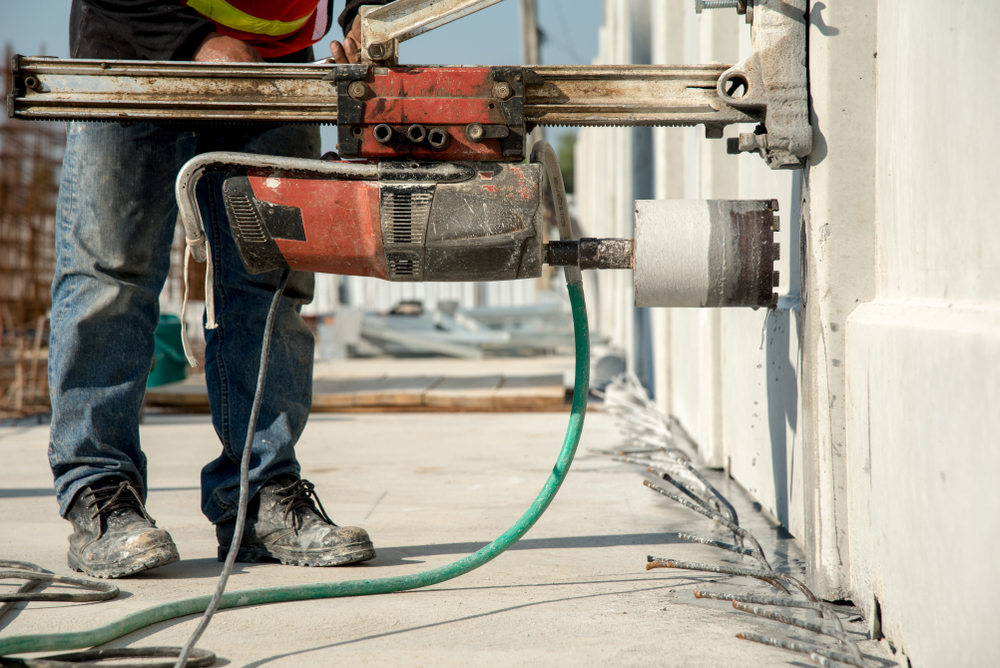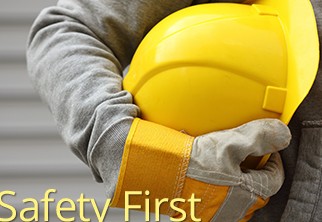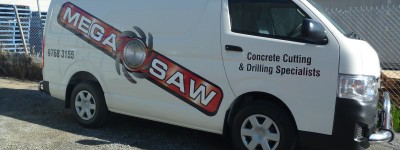Are you in the concrete cutting industry? Do you want to learn about procedures for concrete core drilling? If so, please keep reading for more information.
Core drilling is an essential task for virtually all concrete structures at some point.
Whether you want to pull a sample of concrete for testing purposes, drill an opening for manholes or install electrical and plumbing lines, core drilling is important.
Core drilling should be performed only by highly skilled and experienced concrete cutting technicians. Such technicians can provide safe and quality work.
In this article, we will take a look at the following:
- Basics Of Concrete Core Drilling
- Concrete Drill Types
- Choosing The Best Concrete Drilling Service
Basics Of Concrete Core Drilling
Concrete drilling is a specialised service offered by concrete cutting companies. A cylinder of concrete material or a core is removed with a concrete drill.
Diamond core drills are the most effective tools to use when core drilling concrete. Core drilling is common when installing common utilities such as:
- Recessed lighting and fixtures
- Cutting walls, floor slabs, and ceilings for plumbing, HVAC, cabling, electrical, and communication services
- Analyse concrete samples
- Roadway holes for doweling drilling, drainage, or rebar tie-ins
The concrete cutting technician will use a small threaded anchor to secure the drill post to the wall or concrete slab. He will then bolt the drill post – which acts as a guide for the core drilling process.
This will let the drill hit its mark straight on and make a consistent and smooth core. Once the drill post is fastened, the technician will mount the drill bit.
The drill bit will depend on the size the client specifies. Once the drill bit is mounted, the drill is turned on. Water will be applied as a coolant while pressure is placed on the crank.
The core drill has a hand crank to drive the drill to the surface and cut through the concrete. Once the surface is penetrated, the core will come out with the bit.
You can pull out the core manually if it is found in a slab.
Concrete Drill Types
There are two types of core drills such as impact and non-impact core drills. Impact drills have two sub-types such as hammer drills and rotary hammers.
A hammer drill is a small tool equipped with a bit that drills into the concrete. The hammer drill has a ramped ratchet system with a high-speed vibration or rattling action.
Regular bits are not the best to use with hammer drills because they can easily break under repeated impact conditions.
Even though rotary drills are similar to hammer drills, they are more efficient. A rotary drill can drill up to 100mm diameter. A hammer drill can only drill up to 12mm compared to a rotary drill.
You need a non-impact drill if you want to drill larger holes – up to 250mm. A non-impact drill has diamond teeth.
Because these drills don’t impact the drilling surface, the drill bit needs to be exceptionally strong. Drilling with a diamond-embedded drill is quite complex.
Frictional grinding can generate a lot of heat in the process. That’s why you need a professional concrete cutting service to perform such tasks.
Choosing The Best Concrete Drilling Service
With dozens of concrete cutting services in Melbourne, choosing the right company isn’t easy. Your research is important when choosing the right concrete cutting service for concrete drilling.
There are many things to consider when choosing a reputable and experienced concrete cutting service.
If you are looking for a specialist concrete cutting company who uses only the best practices to get the job done right, then please call us at Megasaw on 1300 920 419 or contact us through our website.



